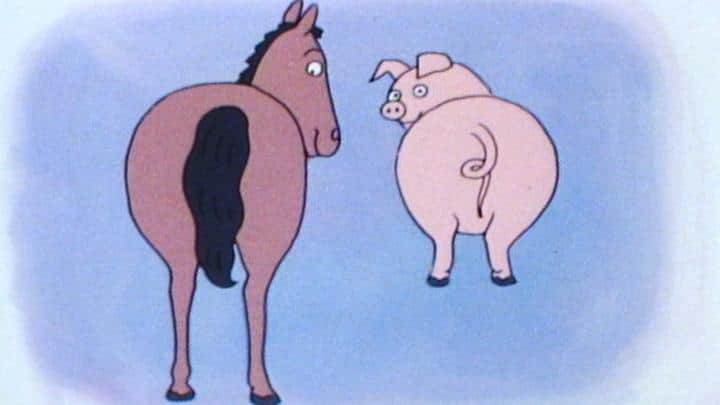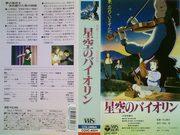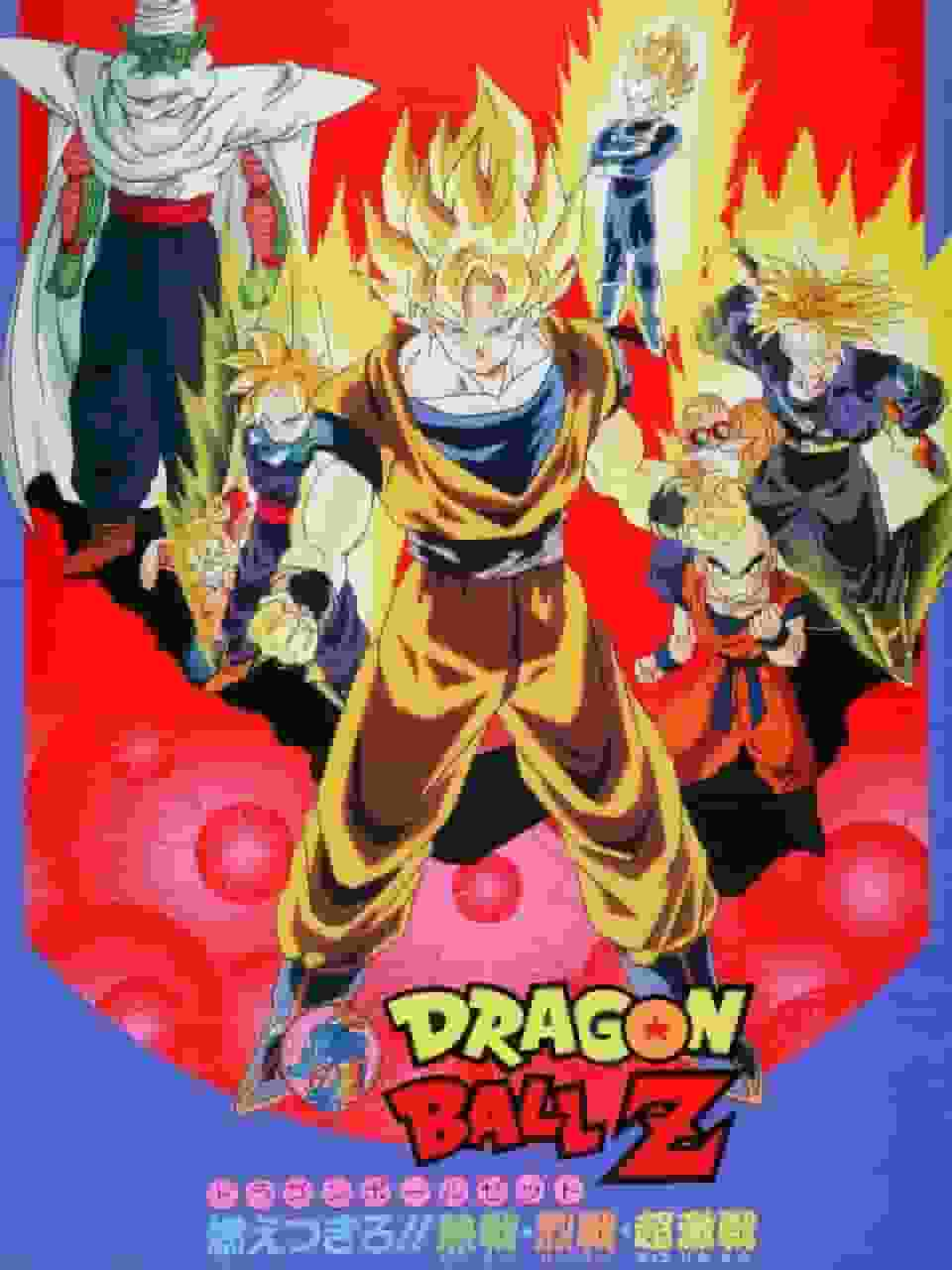The appeal and reviews of "The Three Lords and the Octopus": A deep story and appealing characters

"The Three Lords and the Octopus": A work that marked the dawn of Japanese animationIn the history of Japanese animation films, "The Three Lords and the Octopus," released in 1933, is a notable early work. This work was produced by Yokohama Cinema Company and the Postal Insurance Bureau of the Ministry of Communications, and was directed by Yasuji Murata. Although it was only 20 minutes long, its story and visual expression made a strong impression on audiences at the time. storyThe story of "The Three Lords and the Octopus" depicts the adventures of a lazy fishmonger, the Three Lords. The Three Lords are lazy people who spend their days sleeping around without going out to buy supplies. One day, a friend who is an ex-soldier visits him with a map showing the location of a ship that sank with treasure on board. The Three Lords suggest that they follow the map to search for the treasure, and set off alone in a small boat. They manage to pull out a box, but inside it are the wife and children of a giant octopus. The Three Lords are then chased by the giant octopus. This simple yet humorous story made viewers at the time laugh and feel moved. Background"The Three Lords and the Octopus" was produced as an animated film, but its original story was written by the Postal Insurance Bureau, making it an original anime work. At the time in Japan, animated films were not yet common, and this work can be said to be a symbol of that early period. The Yokohama Cinema Company and the Postal Insurance Bureau of the Ministry of Communications were involved in the production, and director Yasuji Murata displayed his talents to the fullest. The music was also handled by the Columbia Literature Department, which played an important role in enhancing the atmosphere of the film. Visual expressionThe visual expression of "The Three Lords and the Octopus" was excellent considering the technical level of the time. In particular, the movements of the giant octopus and the depiction of the underwater world make a visual impact and succeed in drawing the viewer in. Furthermore, the facial expressions and movements of the three gentlemen are drawn in detail, expressing the individuality of the characters well. Although this work was made at a time when hand-drawn animation technology was still in its infancy, its quality was highly praised. Cultural significance"The Three Lords and the Octopus" occupies an important place in the history of Japanese animation films. This work is a valuable resource that shows how early animation films were produced and what kind of stories were depicted. It also contains content that reflects the social situation and culture of the time, so it has great historical value. Furthermore, this work may have influenced the development of later animation films. For example, the depiction of the giant octopus may have influenced later monster movies and animation works. Evaluation and acceptance"The Three Lords and the Octopus" was highly praised when it was released. In particular, its humorous story and excellent visual expression left a strong impression on viewers. The film also played a role in conveying the appeal of animated films to children at the time. Even today, the film is considered an important piece in the study of the history of Japanese animated films. Furthermore, in recent years, a digitally remastered version has been produced, providing more opportunities to convey its appeal to new audiences. Recommendations and related worksIf you enjoyed "The Three Lords and the Octopus," we also recommend other early animated films such as "Momotaro: The Divine Soldiers of the Sea" (1945) and "The Cloud and the Tulip" (1943). These films also allow you to experience the charm of early animation techniques and storytelling. In addition, modern animated films such as "Spirited Away" (2001) and "Your Name" (2016) are also highly praised for their stories and visual expression, so be sure to check them out. summary"The Three Lords and the Octopus" is an important work in the history of Japanese animation films. Its humorous story and excellent visual expression left a strong impression on audiences at the time. This work is also a valuable resource that shows how early animation films were produced and what kind of stories were depicted. Please enjoy this work and experience the history and appeal of Japanese animation films. |
<<: The appeal and evaluation of the manga "Kamishibai: The Tale of the Mischievous Tanuki"
>>: A detailed look at the importance of preventing tuberculosis and how to deal with it
Recommend
Review of "Mushigoromo no Kagastel": A fusion of beautiful visuals and a profound story
"Kagaster of the Insect Cage": A story ...
"God of War" new work latest episode new trailer announced on November 8th
The famous robot animation series "Far in th...
Zhao Xina made her first appearance in the cast photo of "Fast and Furious 9"
"Fast & Furious 9" is being filmed ...
Jackie Chan and Schwarzenegger's new film "Mystery of the Dragon Seal" only scored 3 points on IGN: an embarrassing spoof
The new film "Mystery of Dragon Seal" c...
Review of Episode 3 of "21 Emon" "Go to Space! Barefoot Princess": An emotional space adventure
"21 Emon: Go to Space! Barefoot Princess&quo...
Tekken Bloodlines review: A fighting game experience brought to life through anime
Tekken Bloodline: A story of a warrior burning wi...
This is what the movie theater of the future will look like! It feels like being in a "Star Wars" galactic conference
Recently, Ōma Cinema in Paris, France, announced ...
Disney's "Player" and "Death on the Nile" withdrawn from theaters
It seems that due to the ongoing epidemic, Disney...
National Film Administration: Strive to have 50 domestic films with box office revenue of over 100 million yuan each year
Recently, the "14th Five-Year Plan for the D...
The visual image of the characters of "The Healer's Restart" to be broadcast in January next year has been released
The broadcast date of the TV animation "The ...
Gunn talks about the relationship between DC and Marvel: It's not like fans fighting each other
After joining "Suicide Squad" and "...
The trailer for the new original animated film "Words Flow Like Soda" was released and will be released on May 15
The latest original emotional animated film "...
The Riddler actor in The Batman claims DC installed tracking devices to prevent script leaks
Movie studios go to great lengths to prevent stor...
Impressions and reviews of the movie "Soreike! Anpanman Kokin-chan and Blue Tears"
Appeal and evaluation of the movie "Soreike!...
"Domestic Girlfriend": A moving love story depicting complex human relationships and teenage conflicts
Domestic Girlfriend: A forbidden love triangle an...









